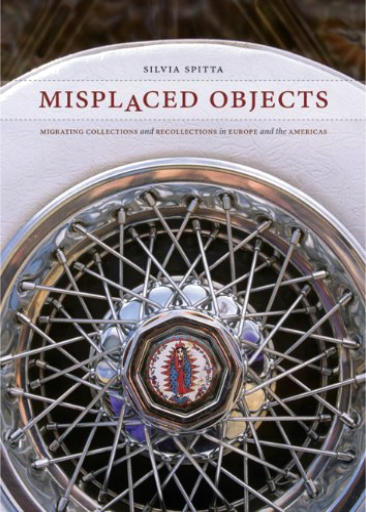 "When things move, things change." Starting from this deceptively simple premise, Silvia Spitta opens a fascinating window onto the profound displacements and transformations that have occurred over the six centuries since material objects and human subjects began circulating between Europe and the Americas. 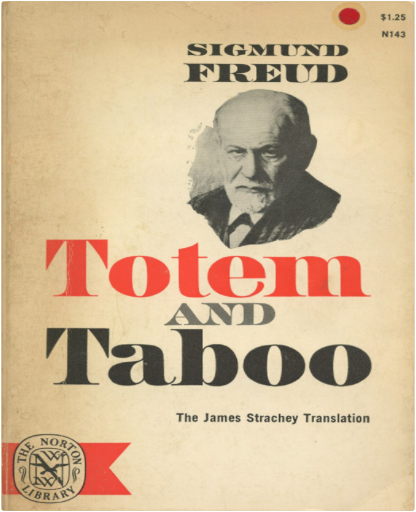 B0018L7HXI 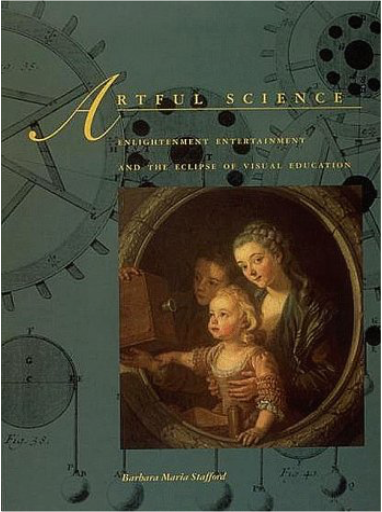 Playful illustions, spellbinding games, and lifelike automata were once integral to education. This reveals the intertwining of enchantment with enlightenment in the early modern period. A cross-disciplinary guide to intellectual high and low life of the 18th century, it makes the case for the pedagogical opportunities inherent in an oral-visual culture. Barbara Stafford draws on a range of historical sources and popular imagery, exploring from a new perspective the perceptual cognition that she anlalyzed in "Body Criticism". Her reinterpretation also casts many well-studied paintings as instances of an instructive art of demonstration. The book opens by describing the evolution of mathematical recreations and their relationship to the middle class's increasing leisure time. Subsequent chapters focus on the problem of distinguishing legitimate science from virtuoso fraud; the public performance of experiments; and early attempts to create informative and attractive natural history exhibits. Throughout, Stafford emphasizes the concern for telling truth from fiction in a world of alluring technology. The enlighteners' relentless association of sensory evidence with deception led to the submergence of a "tricking" oral-visual culture by "serious" mass literacy drives, Stafford observes. Yet sophisticated teaching techniques and ingenious learning machines made abstractions concrete and appealing to ever-widening 18th-century audiences. With the modern computer graphics revolution always in view, this analysis suggests fresh means for putting intelligence, enjoyment and communicative power back into thinking with images. 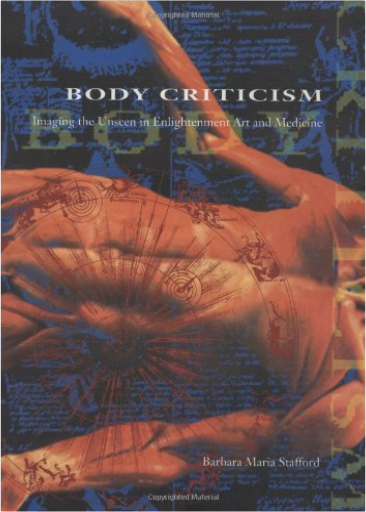 In this erudite and profusely illustrated history of perception, Barbara Stafford explores a remarkable set of body metaphors deriving from both aesthetic and medical practices that were developed during the enlightenment for making visible the unseeable aspects of the world. While she focuses on these metaphors as a reflection of the changing attitudes toward the human body during the period of birth of the modern world, she also presents a strong argument for our need to recognize the occurrence of a profound revolution — a radical shift from a textbased to a visually centered culture. Stafford agues, in fact, that modern societies need to develop innovative, nonlinguistic paradigms and to train a broad public in visual aptitude.Barbara Maria Stafford is Professor of Art History at the University of Chicago. | 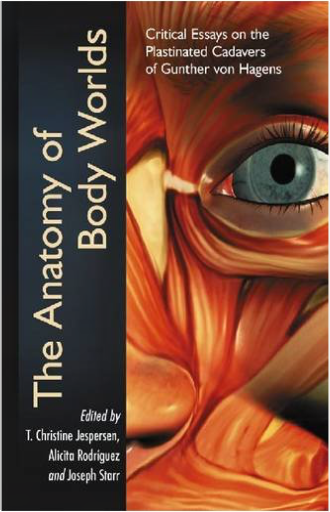 Since its Tokyo debut in 1995, Gunther von Hagens' Body Worlds exhibition has been visited by more than 25 million people at museums and science centers across North America, Europe, and Asia. Preserved through von Hagens' unique process of plastination, the bodies shown in the controversial exhibit are posed to mimic life and art, from a striking re-creation of Rodin's The Thinker, to a preserved horse and its human rider, a basketball player, and a reclining pregnant woman—complete with fetus in its eighth month. This interdisciplinary volume analyzes Body Worlds from a number of perspectives, describing the legal, ethical, sociological, and religious concerns which seem to accompany the exhibition as it travels the world. 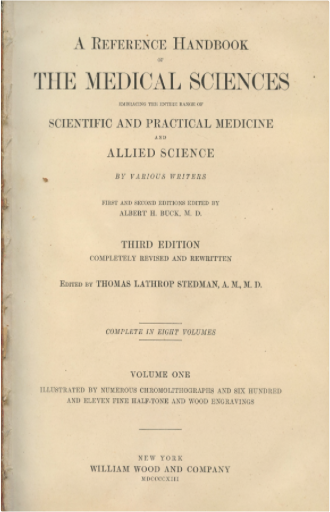  From striptease midgets, human pin cushions, and monkeys in miniature race cars to trained fleas and people with double bodies, three legs, and enormous feet, this chronicle of twisted midway attractions and the showmen who have presented them covers it all. The history of the circus side show and its companion, the carnival, is celebrated in words and rare, eye-popping images, making this a must for all collectors and enthusiasts. Interviews with many of the big players on the carnival circuit are included. 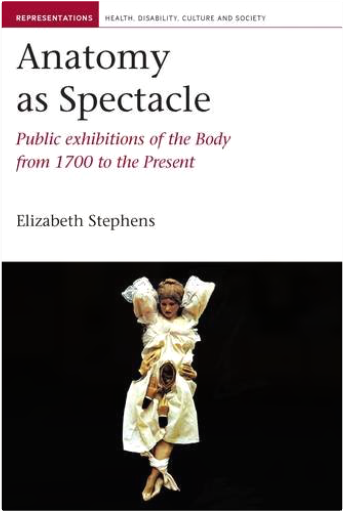 From the eighteenth century to the present, public exhibitions of human anatomy have proved popular with a wide range of audiences, being marketed as both educational and entertaining. In Anatomy as Spectacle, Elizabeth Stephens takes us on a tour of freak shows, anatomical Venuses, museums doubling as dubious sex clinics, and the recent Body Worlds display, tracing the fascinating history of these exhibitions that gained popularity alongside the professionalization of medicine and rise of the popular spectacle. Far from marginal, public exhibitions of the body have much to tell us about the history of popular culture and medicine, and Anatomy as Spectacle situates these displays as productive cultural spaces for the emergence of new ideas about bodily health. 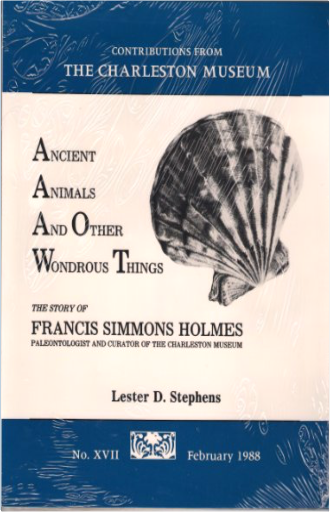 B0006ENU7A  The history of the catacombs is parallel to the history of early Christianity itself. And James Stevenson traces this crucial era with precision, bringing to light facts which are often misinterpreted or shrouded in legend. (The catacombs, for example, were not sanctuaries for the persecuted faithful.) In this study, we are able to perceive an accurate portrait of the lives - and deaths - of those who participated in the formation of the Church. Stevenson looks at how and why the catacombs were constructed, explores the evolution of these burial sites over the centuries, and shows how they tell of their builders' motives and beliefs. He also explains how the artwork found in these crypts reveals the strong scriptural influences on the fledgling Church. The Catacombs makes fascinating reading for lay person and scholar alike. Its wealth of information is combined with 144 illustrations to comprise an exhaustive yet concise survey of an epochal period in early Christianity. —- from book's back cover |

Morbid Anatomy Museum
Collection Total:
1,253 Items
1,253 Items
Last Updated:
Jan 26, 2016
Jan 26, 2016

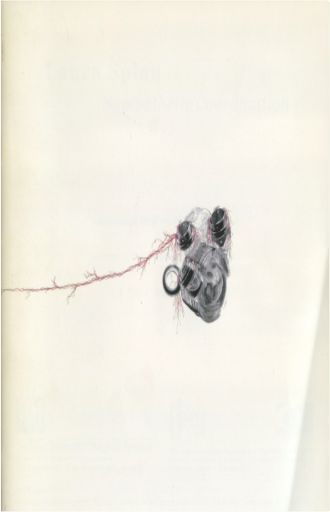
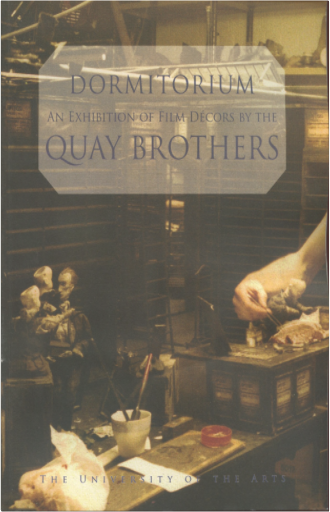
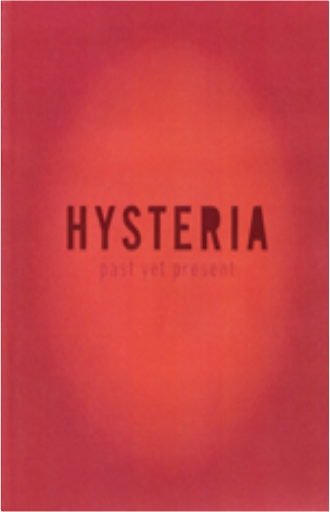

 Made with Delicious Library
Made with Delicious Library